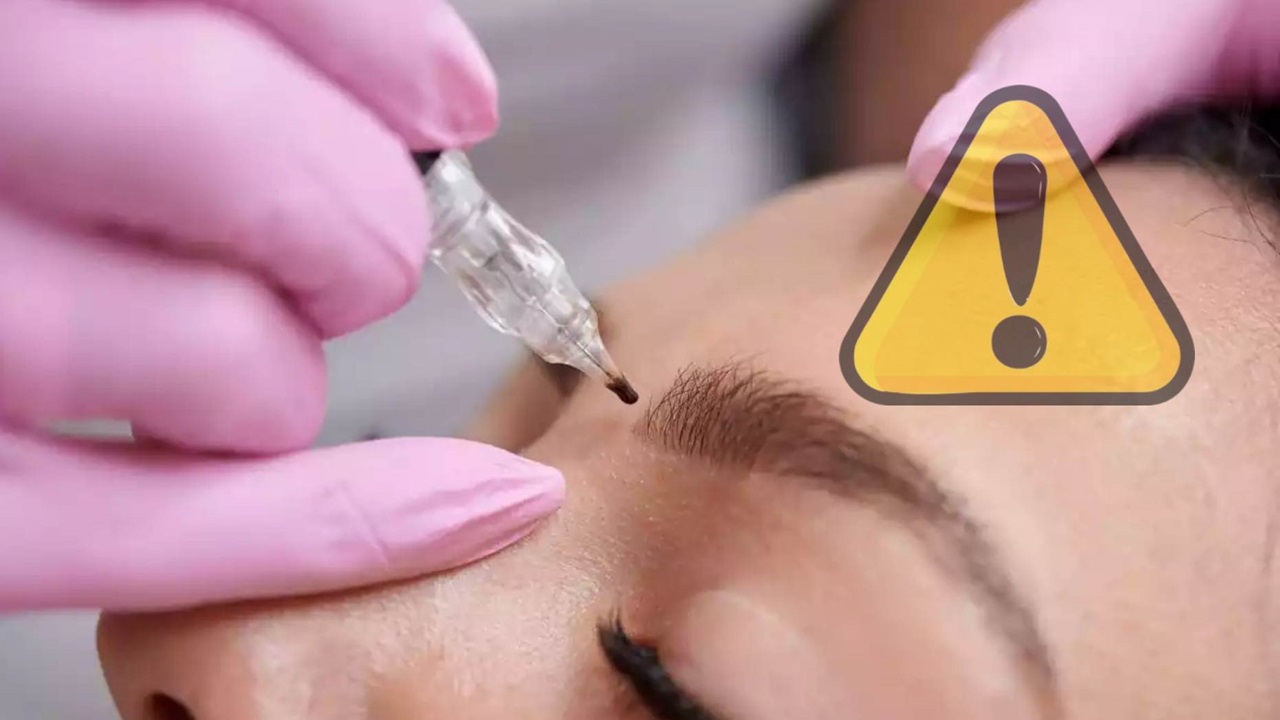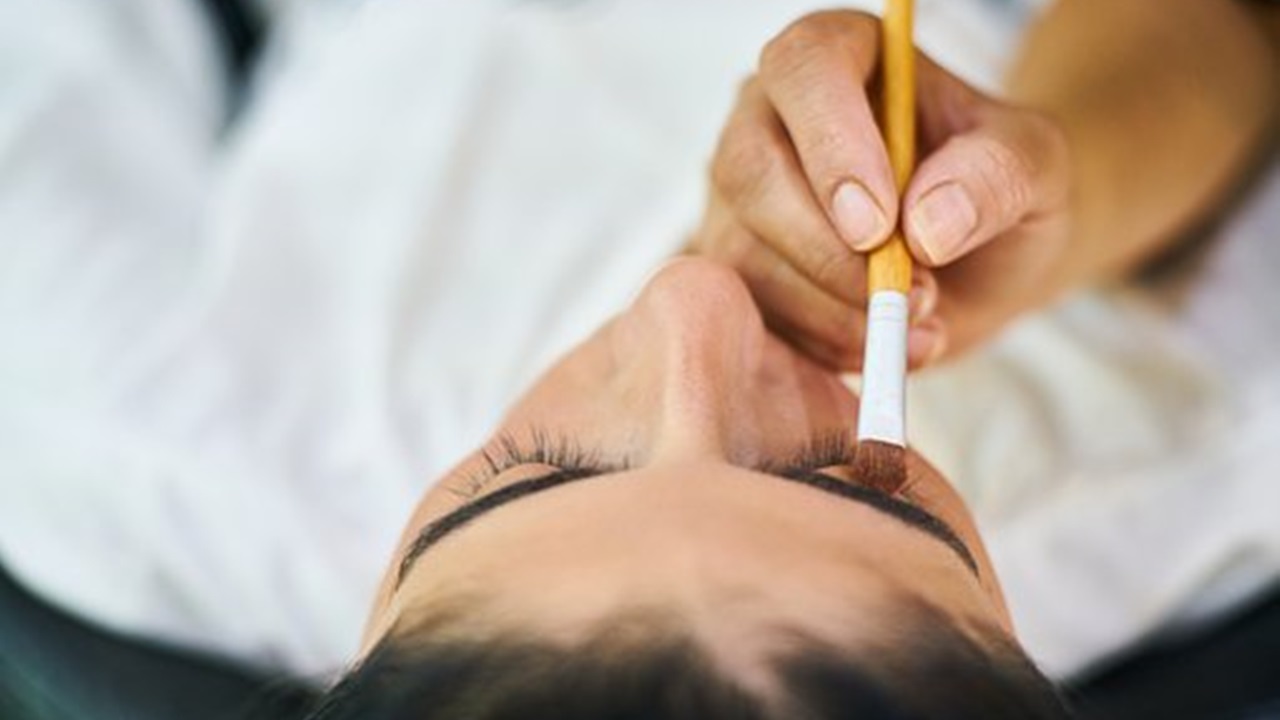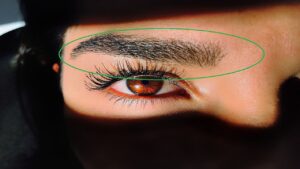Microblading: You Should Absolutely Not Do This If You Fall Into One of These Cases
Microblading is indeed a popular semi-permanent makeup technique. It involves using a specialized tool to deposit pigment into the skin, creating the illusion of natural-looking eyebrow hair. While it can be an excellent option for those who want fuller or more defined eyebrows, there are certain situations where it may not be advisable.

When microblading is not recommended
Firstly, individuals with highly sensitive or allergic skin should be cautious about microblading because the insertion of pigment can potentially trigger allergic reactions or skin irritation, causing more harm than good. Secondly, people with oily skin or those who sweat excessively might not be ideal candidates for microblading because the pigment may disperse or fade more rapidly, making the result less long-lasting. It should not be performed on areas with scars or skin lesions, as this can cause further damage to the skin.

Those who are taking anticoagulant medications or have specific skin conditions should always consult a healthcare professional or dermatologist before undergoing microblading.
It’s a valid point that epinephrine is used as a paralyzing agent in the microblading process and can indeed increase heart rate, posing risks for individuals with heart problems or those who have pacemakers.

It is also inadvisable if you fall into one of these categories:
- If you suffer from epilepsy
- If you have glaucoma
- If you have Herpes simplex
- If you have diabetes
- If you suffer from high blood pressure
- If you are under 18 years old
Overall, microblading is a safe and very effective technique for improving the appearance of your eyebrows, but it’s important to assess your personal risks. Before getting microblading, consult with a qualified professional and your trusted doctor to ensure it’s safe for you. Safety and understanding the procedure are essential for a successful experience.





